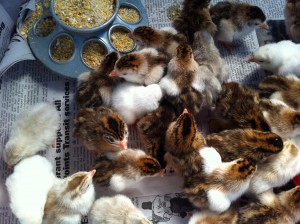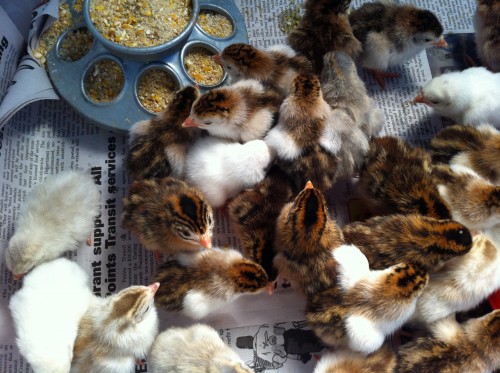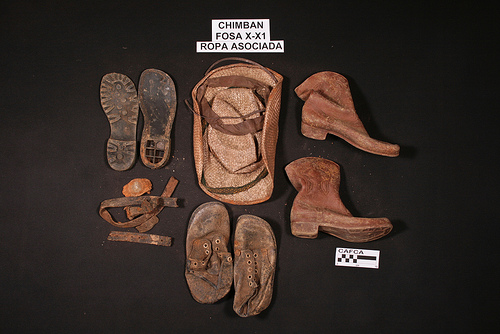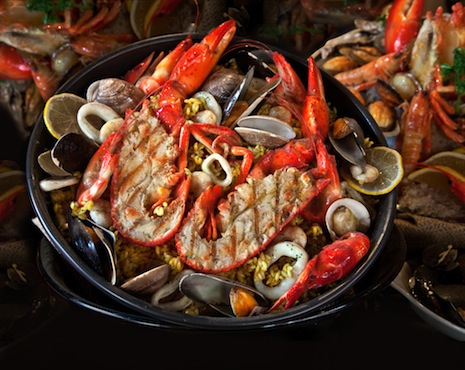I got all irate on Twitter, as did a number of other folks, and nothing good came of it — the argument looked like it was made of fireflies.
Why did mankind take so long to come up with this? the Erik Vance Restaurant Guide to Saving the Oceans.
Guest Robin Mejia on the counter-intuitive message from a sad branch of biostatistics: sometimes counts of bodies are less accurate than estimates of the numbers of dead.
Cameron actually writes a post on pool poop. For which we’re all grateful, if still squeamish, because it turns out the real problem, Crypto, is rare.
In which we never learn whether Christie her own self — unlike the secretive experts who get addicted to it — knows how to sex chicks.


 This summer it’s happened three times so far. Once, I got an urgent email from the backyard pool where they have baby swim lessons. Another time, my older son’s swim teacher pulled the class out of the high school pool and taught the kids “safety skills” on the deck. And when we were at camp, on the hottest day of the week, we peered through the chain link fence at a pool that was blue, inviting, and—because of recent events–empty.
This summer it’s happened three times so far. Once, I got an urgent email from the backyard pool where they have baby swim lessons. Another time, my older son’s swim teacher pulled the class out of the high school pool and taught the kids “safety skills” on the deck. And when we were at camp, on the hottest day of the week, we peered through the chain link fence at a pool that was blue, inviting, and—because of recent events–empty.



